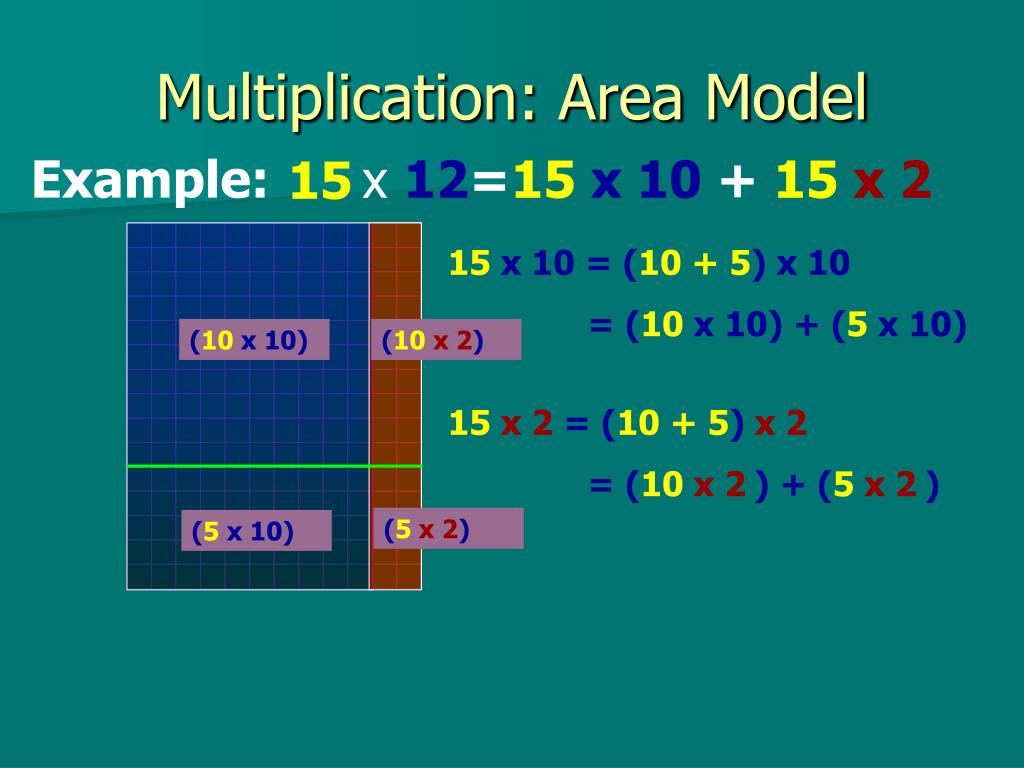
- #Blank area models for multiplication pdf
- #Blank area models for multiplication plus
- #Blank area models for multiplication free
#Blank area models for multiplication pdf
Click on the image to view or download the PDF version.
#Blank area models for multiplication free
We emphasize "mental multiplication" exercises to improve numeracy skills. Partial Products Worksheets Free Product Multiplication Printable Free Partial Products And Area Models printable Math worksheets for 4th Grade students. I used this resource frequently during the six years I taught Algebra 1. NCTM Illuminations has an excellent PDF based resource on using the area model to teach both the distributive property and factoring out the greatest common factor. Our multiplication worksheets start with the basic multiplication facts and progress to multiplying large numbers in columns. 2 More Activities and Resources for Teaching the Distributive Property. It's totally up to you whatever works in your head is fine this tends to better for people who are visual learners, so if you know you're a visual person go with this hopefully it'll help you get your homework problems done correctly.Multiplication worksheets for grades 2 to 6
#Blank area models for multiplication plus
This area model is also really really useful when you get into big polynomials like this plus 5x to the third time, I'm just making this up and I'm not going to do this problem but I'm telling you that this area model will be really useful in multiplying these three trinomials otherwise I'd have to do x times x squared, x times 5x, x times 3 like it would take a lot of organization in my brain to do this product without a rectangle but using a rectangle with three boxes across the top and three boxes down the side I can do this product pretty easily, so again this is just a knowledge strategy, if it is distributed process and FOIL works well in your brain just go with that, if this area model works well in your brain do that instead. This method is good because it helps you, at least it helps me, make sure that each term gets multiplied by every other term the x gets multiplied by 2x and 1 and the 3 gets multiplied by 2x and 1. I wrote it out a little differently in the FOIL process but this is the same answer you would have gotten in using FOIL. I could do the product x+3 times 2x+1 by writing its rectangle I'm going to call this top x+3 notice my drawing isn't to scale but that's okay I'm just going to have my products be in here, 2x+1 it's going to be my side lengths, so now when I multiply each of these four things and add them together I'll get the same answer that I would have gotten had I foiled, here's what I mean, x times 2x is 2x squared, 3 times 2x is 6x, x times 1 is x, 3 times 1 is 3, so when I add all those together I'll get 2x squared plus,6x plus x, is 7x plus 3 that's the answer for this product. So what that means is that I can use this idea of broken rectangles to multiply binomials. Here is what I mean, 4x1 give me this little area 4x1 is 4, 3x1 is 3, 4x5 will be 20, 3x5 is 15, I broke this into four separate pieces and when I add them up I'll get 42. Multi-Digit Multiplication Partial Product Area Model - The Teachers Cafe Free Printable Math Worksheets: Partial Product Multiplication Box Generate as many math problem worksheets as you need. You would get that same answer if I broke that rectangle into pieces, instead of 7 I'm going to break it into 4 and 3, 4+3 is 7, and on the side here I'm going to make it 1+5, now I have four different rectangles and when I find the area of each little chunker, you'll see they add up to 42. Like if I had this rectangle here and I told you the top was 7 the side was 6 you would say area equals 7圆 or 42.

Let me show you what I mean, you guys already know about area, if you have a rectangle the area of the rectangle is length times width. When you're multiplying polynomials, really what you're doing is using the distributive process but a lot of times you're using it multiple times over each term and each polynomial gets multiplied by everything else it gets really tricky that's why a lot of times teachers will show students what I'm going to show you here it's the area model for multiplying polynomials.


 0 kommentar(er)
0 kommentar(er)
